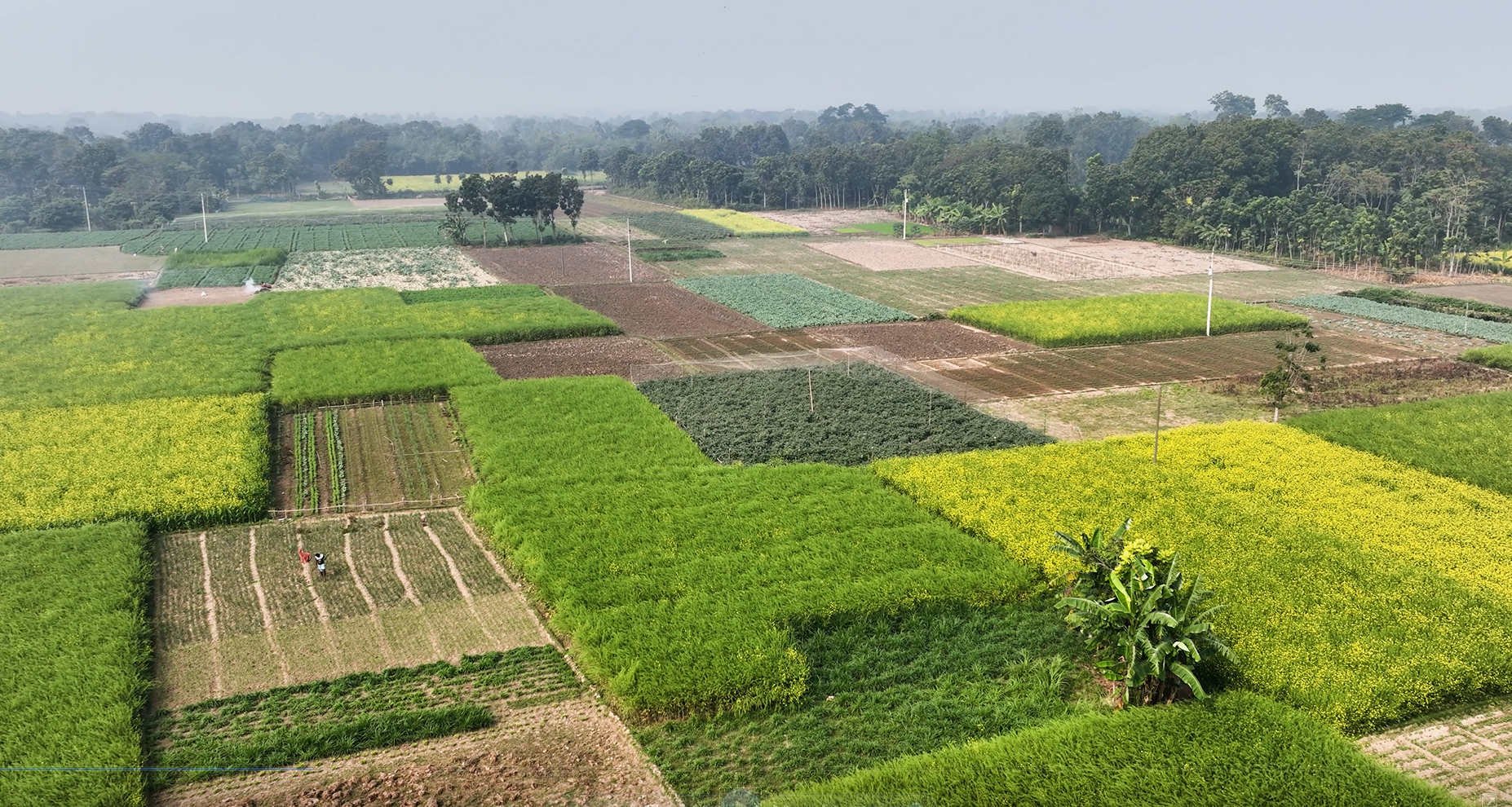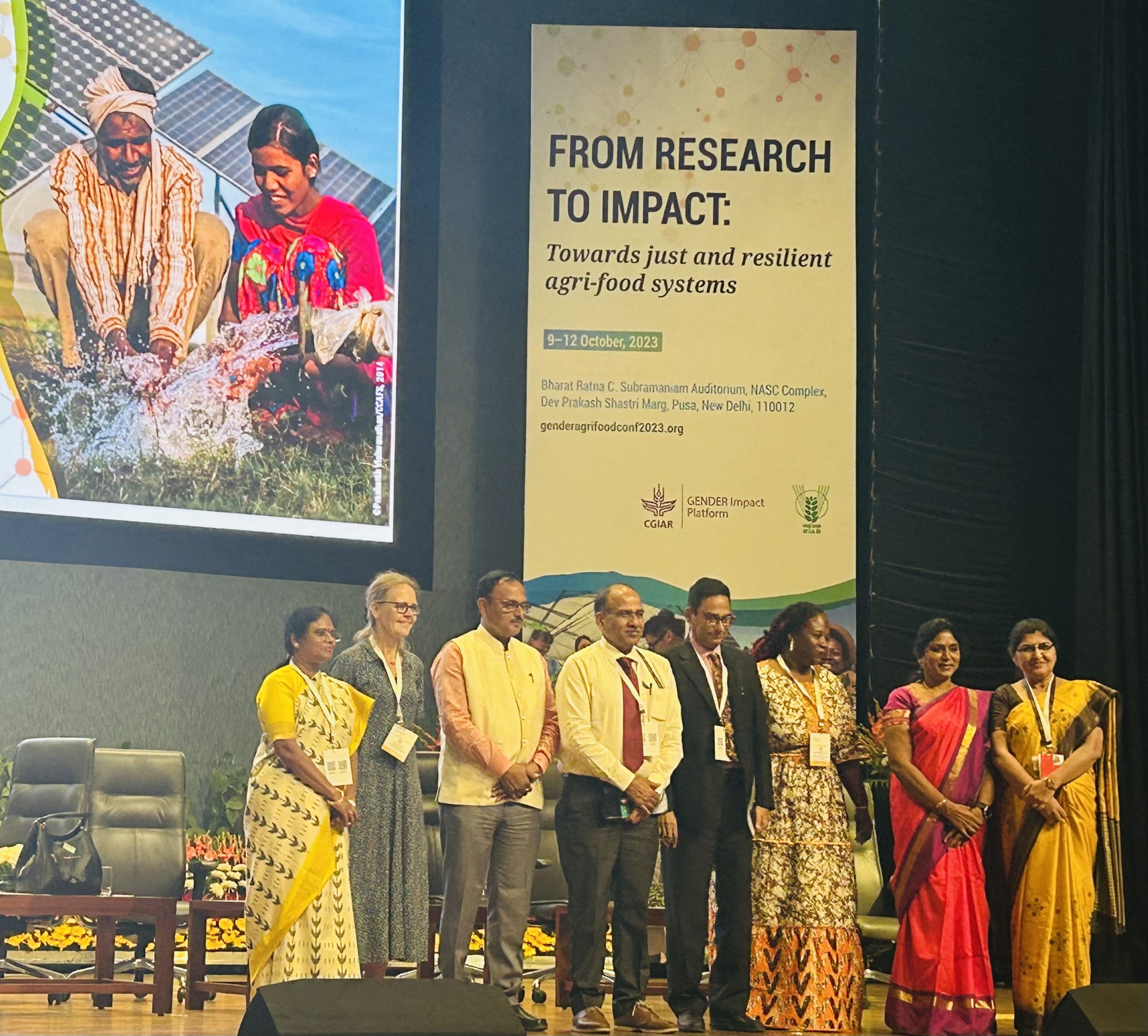Nestled amidst the enchanting Eastern Ghats in southern Odisha lies Koraput district, where agriculture is more than just a livelihood — it is a vital part of cultural identity. For Ranti Golari, a 58-year-old farmer from Jantaput village, this bond with the land runs deep. Yet, like many women farmers in her community, she faces numerous challenges. As she explains, “Reaching the marketplace is time-consuming,” she says, “and often, I return home empty-handed because there are no seeds available.”
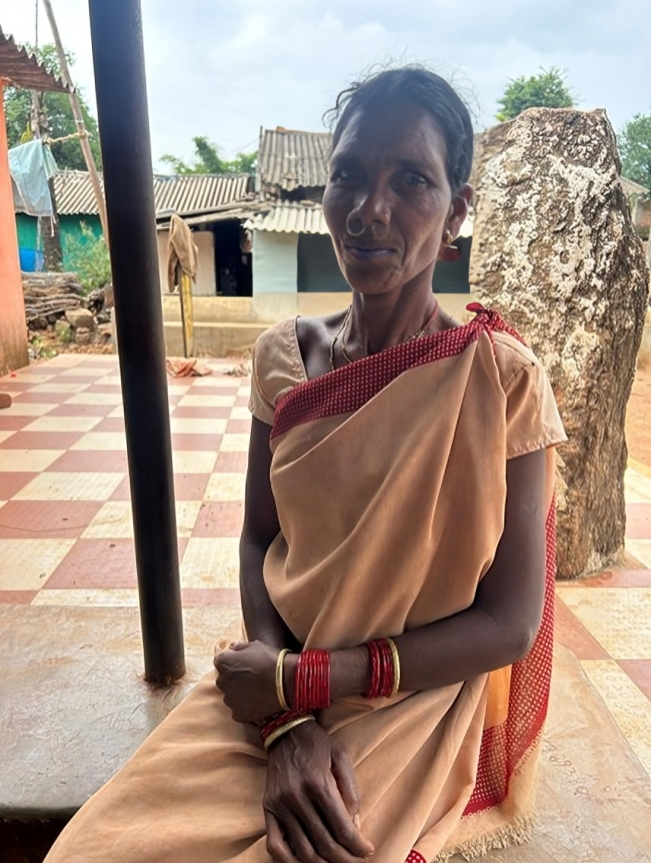
A Deep-Rooted Farming Heritage
Koraput’s agricultural heritage is as unique as its landscape. For centuries, tribal communities have cultivated this land using practices passed down through generations. Their traditional methods received global recognition in 2012 when the Food and Agriculture Organization (FAO) designated Koraput as a Globally Important Agricultural Heritage System. This accolade celebrates their sustainable practices, which preserve native biodiversity, ensure food security, and protect the environment.
Local farmers possess an intrinsic understanding of their land, knowing precisely which crops will thrive in each season and how to maintain soil health. However, behind this legacy lies a complex web of challenges that threaten the region’s agricultural sustainability.
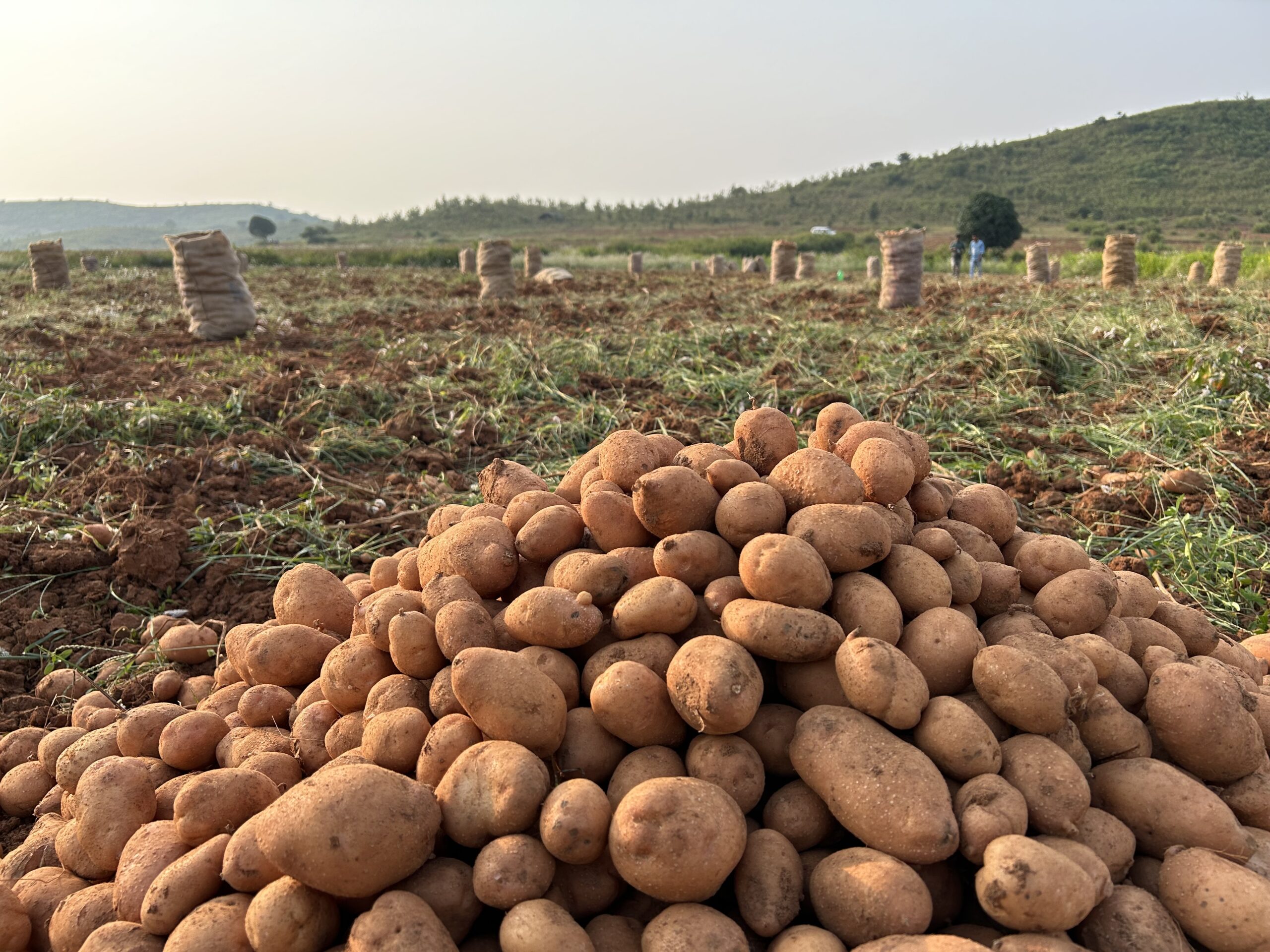
Challenges Beneath the Surface
Although agriculture employs 44% of Odisha’s workforce, it contributes only 24% to the state’s economy, reflecting low productivity and incomes.
Land fragmentation is a critical issue — 93% of farmers own less than two hectares, with the average size shrinking to just 0.95 hectares. These scattered plots reduce bargaining power and limit access to quality inputs and advanced farming technologies. Koraput’s remote location exacerbates these problems, leaving farmers disconnected from market trends and newer farming practices.
Women farmers, who make up 57% of Odisha’s agricultural workforce, face additional barriers. Weekly markets, known as padwas, are often 10 kilometers away, requiring arduous travel through rugged terrain. Limited transport and safety concerns compound their struggles. The unreliable quality of seed, often untreated or mixed with inferior varieties, further undermines their efforts.
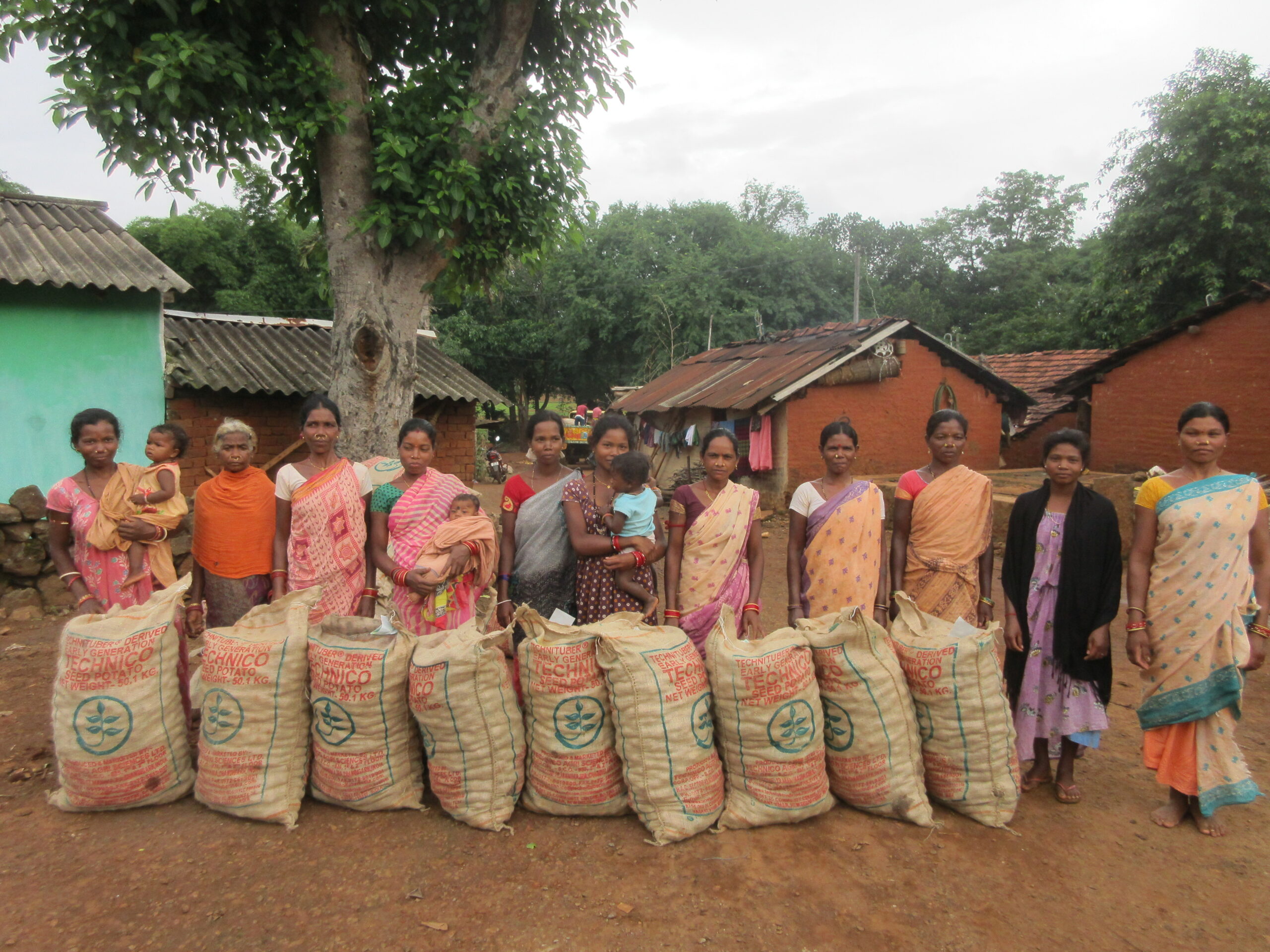
Economic constraints further compound the problem. High seed costs, limited credit access, and weak market bargaining power trap farmers in a cycle of low productivity and profitability. As Ranti poignantly puts it, “Sometimes, the harvest barely matches the seeds we sow. Five bags sown and five bags harvested — how can farming be beneficial?”
A Solution Through Smallholder Aggregation
The Transforming Agrifood Systems in South Asia (TAFSSA) initiative introduced the innovative Small Farmers Large Field (SFLF) model to address these challenges. This approach aggregates fragmented land holdings and promotes collaboration among smallholder farmers.
Potatoes, with their rapid growth and soil-building properties, proved to be an ideal crop for the region. Rich in nutrients and widely accepted in the local diet, potatoes offer consistent market demand and opportunities for value-added processing.
In Kharif 2023, 54 farmers participated in the SFLF pilot, which focused on four key pillars:
- Access to quality seed: Farmers received standardized potato seed tubers, rigorously graded and sorted for quality.
- Streamlined seed delivery: Seeds were distributed directly to villages, saving time and transportation costs, especially for women farmers.
- Knowledge enhancement: Workshops and trainings, conducted in partnership with the local NGO Pragati, empowered farmers with improved agricultural practices.
- Market integration: By linking farmers to Farmer Producer Organizations (FPOs), the initiative strengthened their collective bargaining power, enabling them to obtain better prices for quality produce.
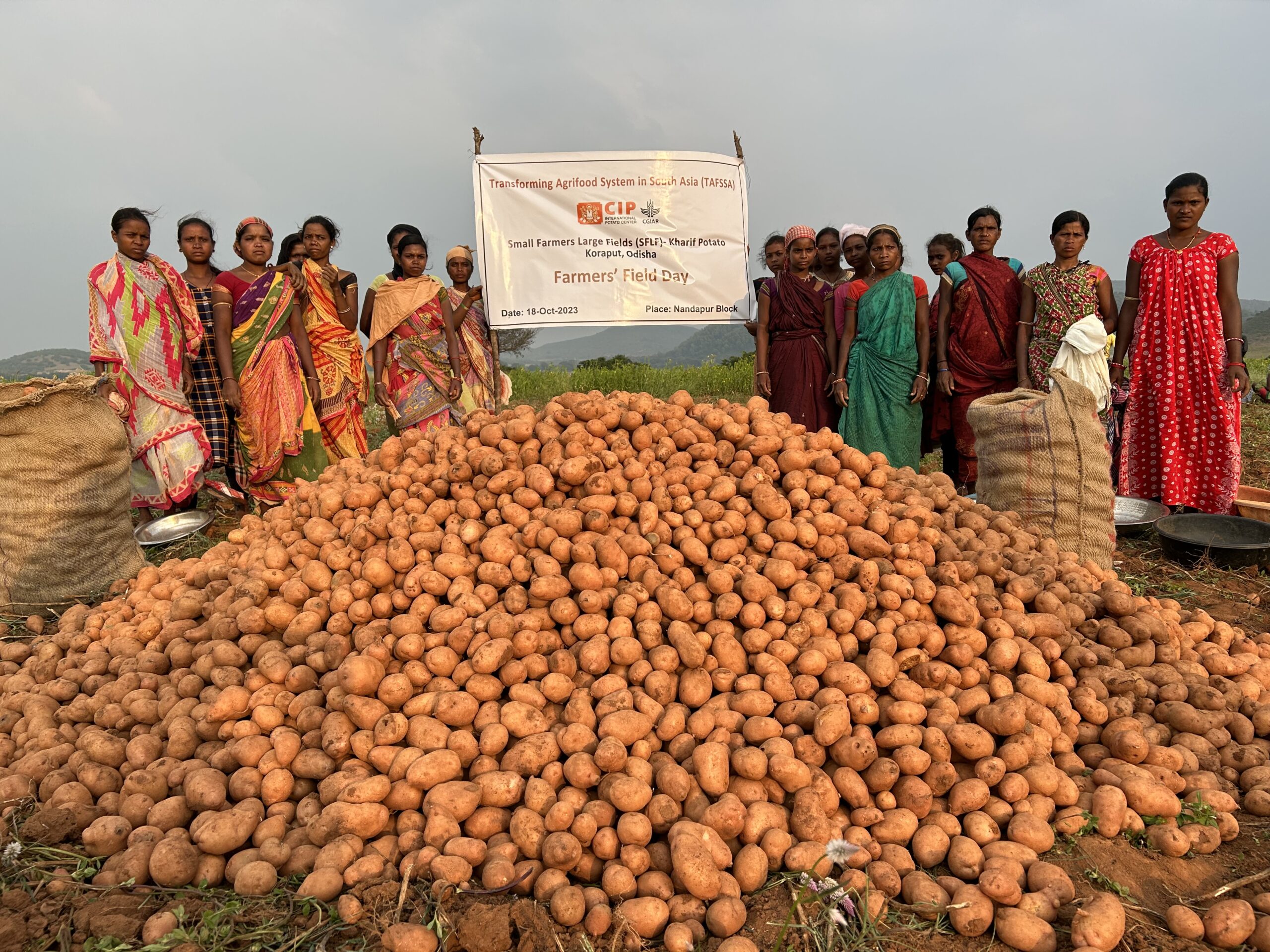
Economic Opportunities and Impact
As the world’s second-largest producer of potatoes, India offers immense potential for the crop. The introduction of rainy season potato production in Koraput allows farmers to supply fresh produce when market demand peaks, ensuring higher profits.
The impact of the SFLF initiative goes beyond economic gains. Reduced input costs, increased yields, and diversified incomes have improved financial stability, allowing families to invest in education and healthcare. Socially, the program fosters community bonds and empowers farmers through collective action and resource sharing.
Looking Ahead
The success of the SFLF model underscores the importance of targeted interventions that address seed quality, market access, and knowledge gaps. For farmers like Ranti, these changes mean more than agricultural improvement — they represent hope for preserving their heritage while building a sustainable future.
Koraput’s journey illustrates that agricultural transformation thrives when economic progress aligns with cultural preservation. As these farmers innovate and adapt, their experiences offer valuable lessons for similar regions across India.
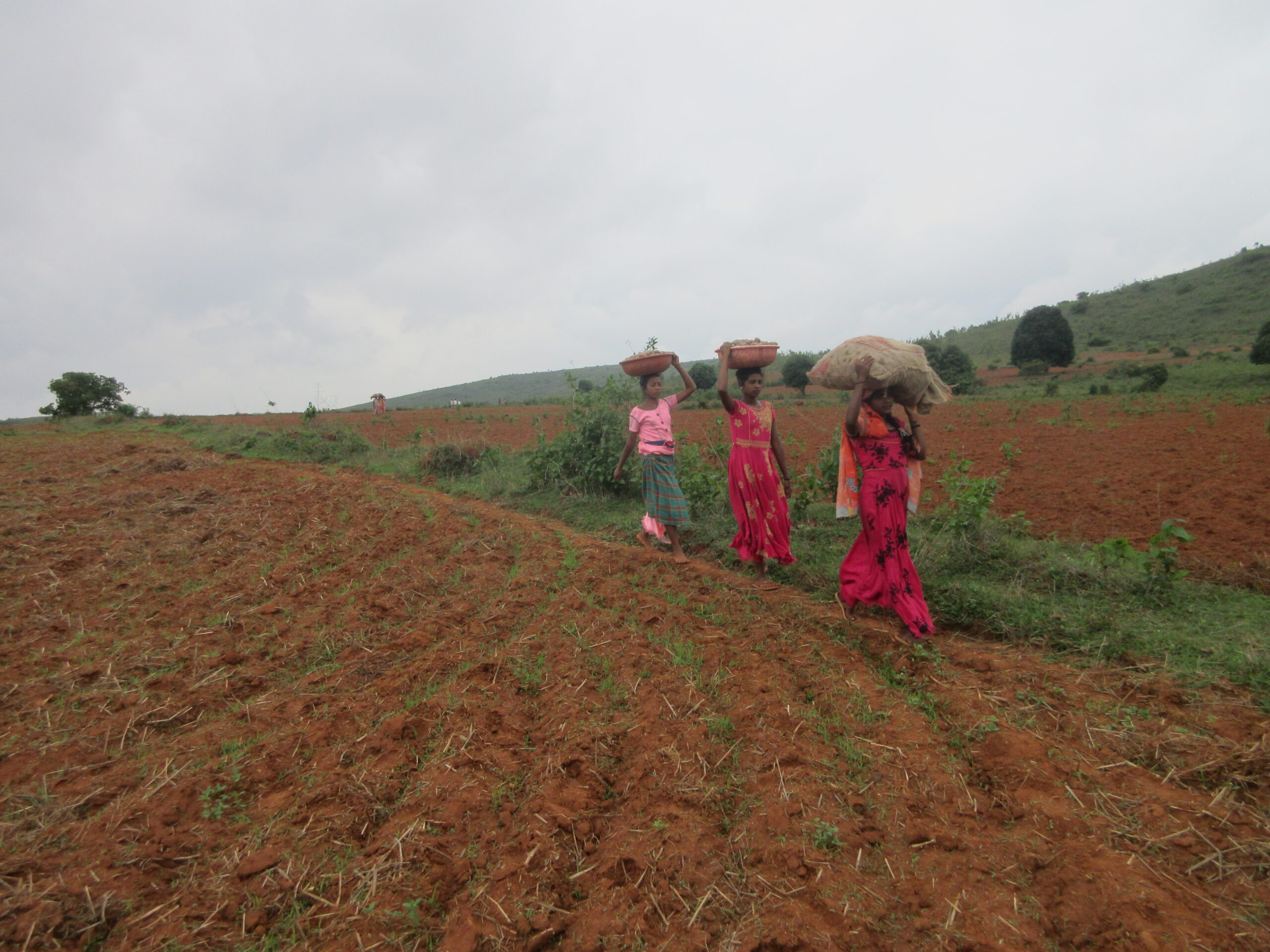

 Climate adaptation and mitigation
Climate adaptation and mitigation 